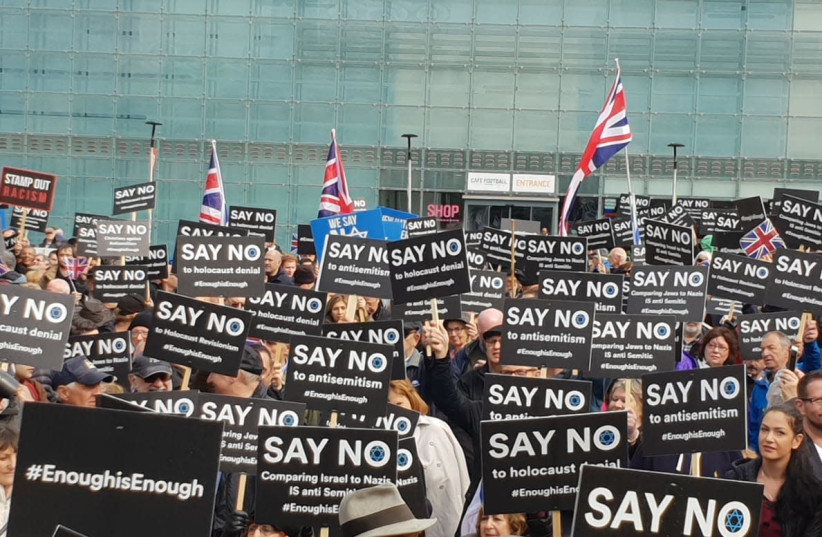In recent years, a disturbing trend has emerged – a wave of attacks targeting individuals and groups, all united by a common identity: they are Jewish. Is this merely a coincidence, or are we witnessing a new iteration of the age-old antisemitism that has haunted the Jewish people for centuries?
Let’s begin by addressing the assertion that anti-Jewish persecution dates back thousands of years. Interestingly, the term “antisemitism” itself is relatively recent, emerging in the early 19th century through the work of English historian Thomas Carlyle. While some argue that this terminology is novel, the underlying reality of antisemitism has persisted for countless years.
Hatred directed at Jews, or “Judophobia,” has religious roots spanning over two millennia. This sentiment finds early expression in the Torah, particularly in the Book of Esther, and specifically in the verse that describes the Jewish people as distinct in their religious beliefs.
However, religious-based animosity toward Jews took on various forms. It evolved within pagan cultures, transformed into false theories within Christian theological circles, and found a place in Islamic discourse due to shifts in historical contexts.
The emergence of modern antisemitism marked a shift toward secularization worldwide. Traditional accusations such as deicide (the killing of Jesus), moral distortion, and divine abandonment of the Jewish people gave way to socioeconomic underpinnings. This transition signifies that antisemitism did not originate in the 19th century, but rather underwent a transformation from religious to socioeconomic justifications.
This new wave of hatred encompassed diverse reasons and circumstances that rapidly changed from place to place. Motivations ranged from economic oppression to suspicions of Jewish thinkers, as well as psychological biases that fueled fear and xenophobia.
Notably, this hatred culminated in the development of race theory, ultimately leading to Nazism as a state policy. Following the Holocaust, modern and progressive antisemitism emerged, with a shift in terminology – from “The Jew” to encompassing the Jewish people, the State of Israel, and eventually the politically convenient label “Israelis.” This term adapted to both Islamic Arab nationalism and progressive ideologies.
Anti-Russia or Antisemitic?
Antisemitism, it seems, spreads and takes shape according to circumstances. Recent attacks on figures like Russian-Israeli Jewish businessman Roman Abramovich exemplify this, reflecting a “soft underbelly” for antisemitic sentiments in Europe that has developed also into hatred for Russia over the invasion of Ukraine.
Anyone who is from Russia, even if they had to flee from there – especially when they are part of the Jewish collective – is an easy target for antisemitic hatred. The arguments against that person are irrelevant since there will always be a reason to hate them; either they are a rich person who takes advantage of others, or they are a poor parasite.
The hatred of Israel in Europe is influenced by pro-Islamic fundamentalist forces, while in the US, it thrives within “progressive enlightened” societies. They attack Jewish and Israeli morality with current terms that are unauthentic and while using “court Jews.” This winning card appeared in the past since its power is derived from “the fact” that the Jews criticize their own society.
It is crucial to recognize that the sources of hatred remain constant, whether “court Jews” join these ranks willingly or are co-opted by anti-Israel forces in a corrupt way to weaponize them and their messages. However, we must not be unduly alarmed by new manifestations of hatred, as they ultimately belong to the same age-old category of antisemitism.
Lastly, we should not use antisemitism as a means to absolve individuals, communities, or the Jewish people from self-examination or responsibility for upholding Jewish and human values. The presence of antisemitism should not serve as a justification for overlooking shortcomings within the Jewish community, society, or the state.
While we must remain vigilant against antisemitism in all its forms, we must not take too seriously the ultra-modern antisemitic attacks against individuals and communities stemming from illogical and irrational hatred.
The writer, a rabbi, is the founder and director of the Shem Olam Faith & the Holocaust Institute for Education, Documentation & Research.

